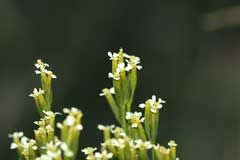 |
|
http://www.flickr.com/people/32005048@N06 |
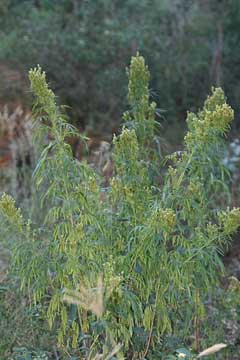 |
| http://www.flickr.com/people/32005048@N06 |
Translate this page:
Summary
Physical Characteristics

 Tagetes minuta is a ANNUAL growing to 1.2 m (4ft) by 0.6 m (2ft in).
Tagetes minuta is a ANNUAL growing to 1.2 m (4ft) by 0.6 m (2ft in).
See above for USDA hardiness. It is hardy to UK zone 9 and is frost tender. It is in leaf from April to November, in flower in October, and the seeds ripen in November. The species is hermaphrodite (has both male and female organs) and is pollinated by Insects.
Suitable for: light (sandy), medium (loamy) and heavy (clay) soils, prefers well-drained soil and can grow in heavy clay soil. Suitable pH: mildly acid, neutral and basic (mildly alkaline) soils. It cannot grow in the shade. It prefers dry or moist soil.
UK Hardiness Map
US Hardiness Map
Synonyms
T. glandulifera. T. glandulosa.
Plant Habitats
Cultivated Beds;
Edible Uses
Edible Parts:
Edible Uses: Condiment
The dried leaves are used as an aromatic seasoning for soups and vegetables[183]. They give an apple-like flavour[238]. An essential oil obtained from the distilled plant, harvested when in flower, is used as a flavouring in ice cream, baked goods, soft drinks etc[183, 238].
References More on Edible Uses
Medicinal Uses
Plants For A Future can not take any responsibility for any adverse effects from the use of plants. Always seek advice from a professional before using a plant medicinally.
Anthelmintic Antispasmodic Aromatic Diaphoretic Digestive Diuretic Purgative Stomachic
The whole plant is anthelmintic, antispasmodic, aromatic, diaphoretic, diuretic, purgative and stomachic[61, 238]. It is used internally in the treatment of gastritis, indigestion and internal worms[238]. Externally, it is used to treat haemorrhoids and skin infections[238]. The plant is harvested when in flower and dried for later use[238].
References More on Medicinal Uses
The Bookshop: Edible Plant Books
Our Latest books on Perennial Plants For Food Forests and Permaculture Gardens in paperback or digital formats.
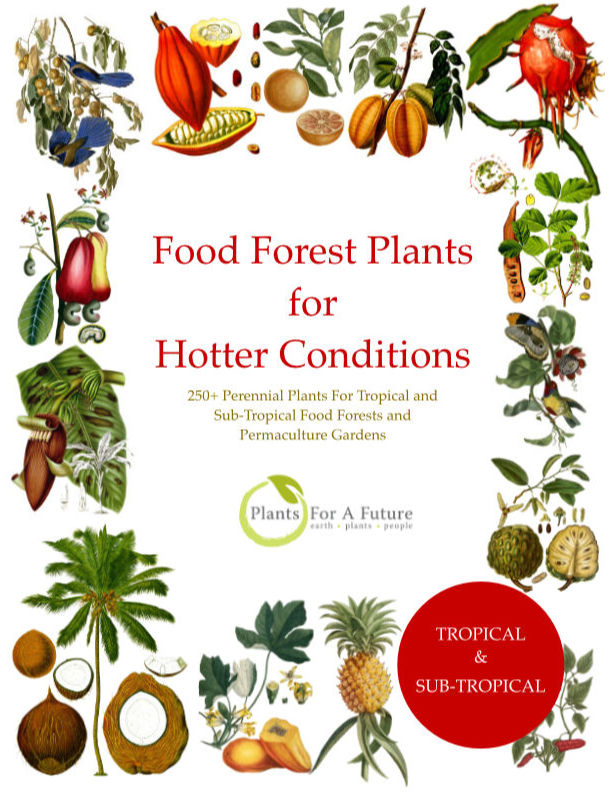
Edible Tropical Plants
Food Forest Plants for Hotter Conditions: 250+ Plants For Tropical Food Forests & Permaculture Gardens.
More
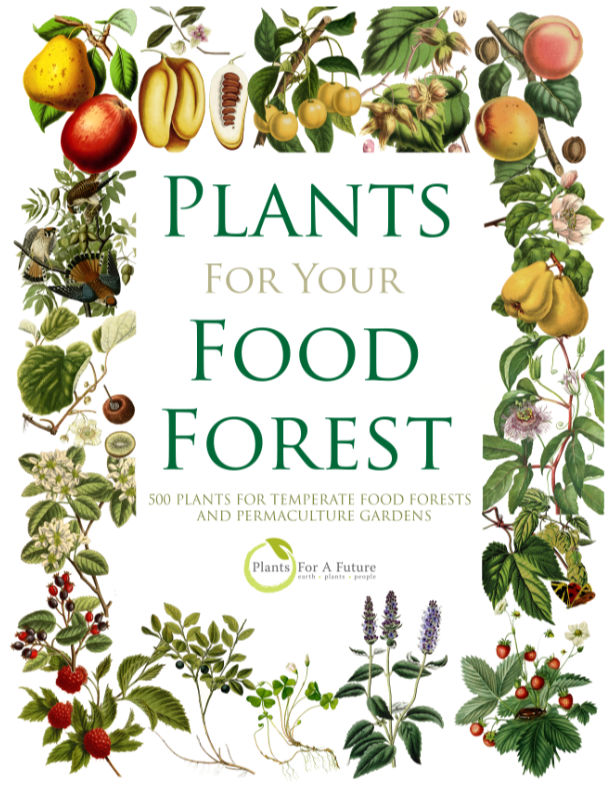
Edible Temperate Plants
Plants for Your Food Forest: 500 Plants for Temperate Food Forests & Permaculture Gardens.
More
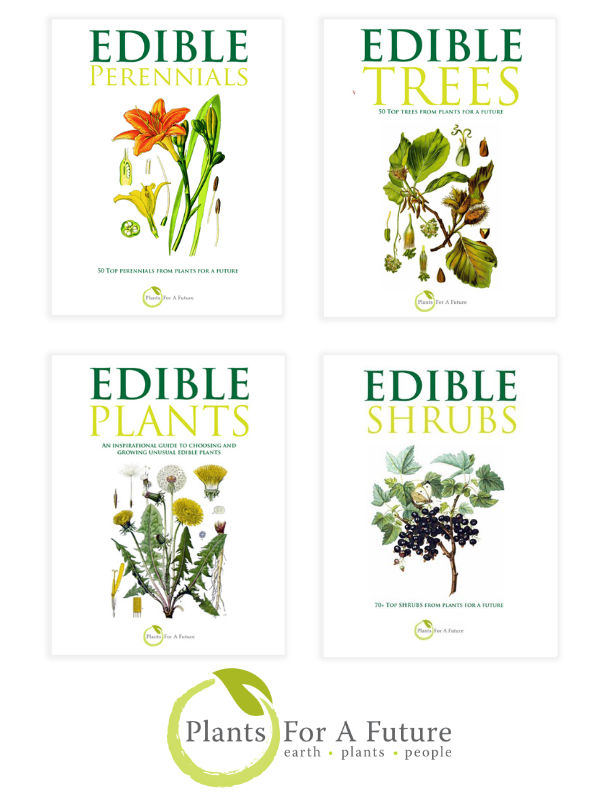
More Books
PFAF have eight books available in paperback and digital formats. Browse the shop for more information.
Shop Now
Other Uses
Companion Dye Essential Herbicide Insecticide Repellent
This plant is widely used in companion planting schemes[238]. Secretions from the roots of growing plants have an insecticidal effect on the soil, effective against nematodes and to some extent against keeled slugs. These secretions are produced about 3 - 4 months after sowing[200]. These root secretions also have a herbicidal effect, inhibiting the growth of certain plants growing nearby. It has been found effective against perennial weeds such as Ranunculus ficaria (Celandine), Aegopodium podagraria Ground elder), Glechoma hederacea (Ground ivy), Agropyron repens (Couch grass) and Convolvulus arvensis (Field bindweed)[200, 238]. An essential oil distilled from the leaves and flowering stems, harvested when the plant is forming seeds, is used as an insect repellent[46, 61]. It is also used in perfumery[238]. Dried plants can be hung indoors as an insect repellent[238]. Dynamic accumulator.
Special Uses
Dynamic accumulator Scented Plants
References More on Other Uses
Cultivation details
Requires a well-drained moderately fertile soil in a sunny position[200]. Grows well in heavy clay soils and in sandy soils[188]. Plants are not very resistant to frosts and need to be grown as half hardy annuals. They also need a long growing season, usually flowering too late in the autumn to set seed in Britain[K]. Removing dead flowers before the seed is formed will extend the flowering season[188]. A very good companion plant, see 'Other Uses' below for more details[238]. Plants are prone to slugs, snails and botrytis[188].
References Carbon Farming Information and Carbon Sequestration Information
Temperature Converter
Type a value in the Celsius field to convert the value to Fahrenheit:
Fahrenheit:
The PFAF Bookshop
Plants For A Future have a number of books available in paperback and digital form. Book titles include Edible Plants, Edible Perennials, Edible Trees,Edible Shrubs, Woodland Gardening, and Temperate Food Forest Plants. Our new book is Food Forest Plants For Hotter Conditions (Tropical and Sub-Tropical).
Shop Now
Plant Propagation
Seed - sow March in a greenhouse. Only just cover the seed. Germination usually takes place within 2 weeks. When they are large enough to handle, prick the seedlings out into individual pots and plant them out after the last expected frosts.
Other Names
If available other names are mentioned here
Native Range
SOUTHERN AMERICA: Brazil, Bolivia, Ecuador (Loja), Argentina (Buenos Aires, Catamarca, Chaco, Córdoba, Corrientes, Entre Ríos, Formosa, Jujuy, La Pampa, La Rioja, Mendoza, Misiones, Salta, San Juan, San Luis, Santa Fe, Santiago del Estero, Tucumán), Chile, Paraguay, Uruguay
Weed Potential
Right plant wrong place. We are currently updating this section.
Please note that a plant may be invasive in one area but may not in your area so it's worth checking.
Conservation Status
IUCN Red List of Threatened Plants Status :

Growth: S = slow M = medium F = fast. Soil: L = light (sandy) M = medium H = heavy (clay). pH: A = acid N = neutral B = basic (alkaline). Shade: F = full shade S = semi-shade N = no shade. Moisture: D = dry M = Moist We = wet Wa = water.
Now available:
Food Forest Plants for Mediterranean Conditions
350+ Perennial Plants For Mediterranean and Drier Food Forests and Permaculture Gardens.
[Paperback and eBook]
This is the third in Plants For A Future's series of plant guides for food forests tailored to
specific climate zones. Following volumes on temperate and tropical ecosystems, this book focuses
on species suited to Mediterranean conditions—regions with hot, dry summers and cool, wet winters,
often facing the added challenge of climate change.
Read More
Expert comment
Author
L.
Botanical References
50200
Links / References
For a list of references used on this page please go here
Readers comment